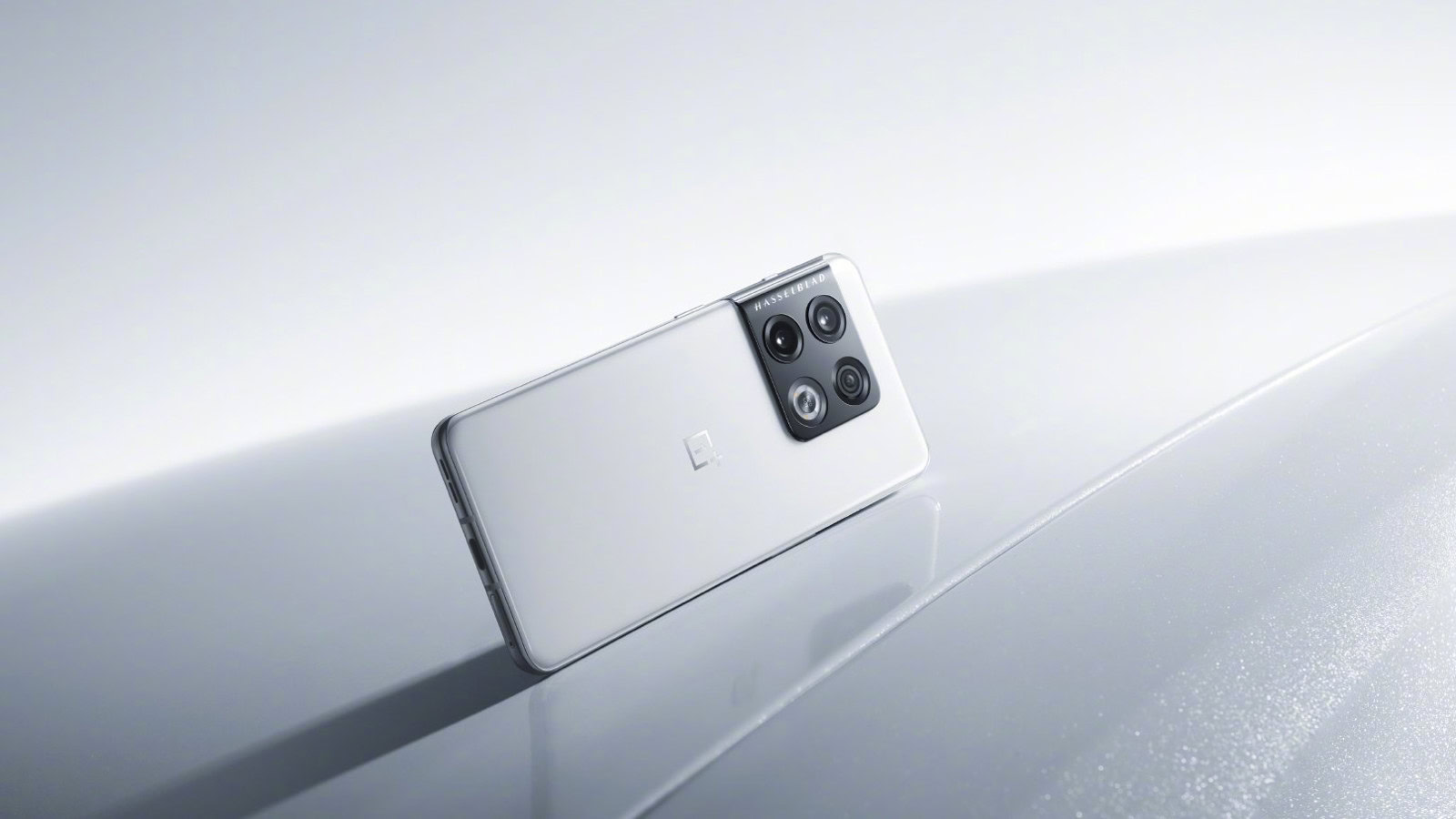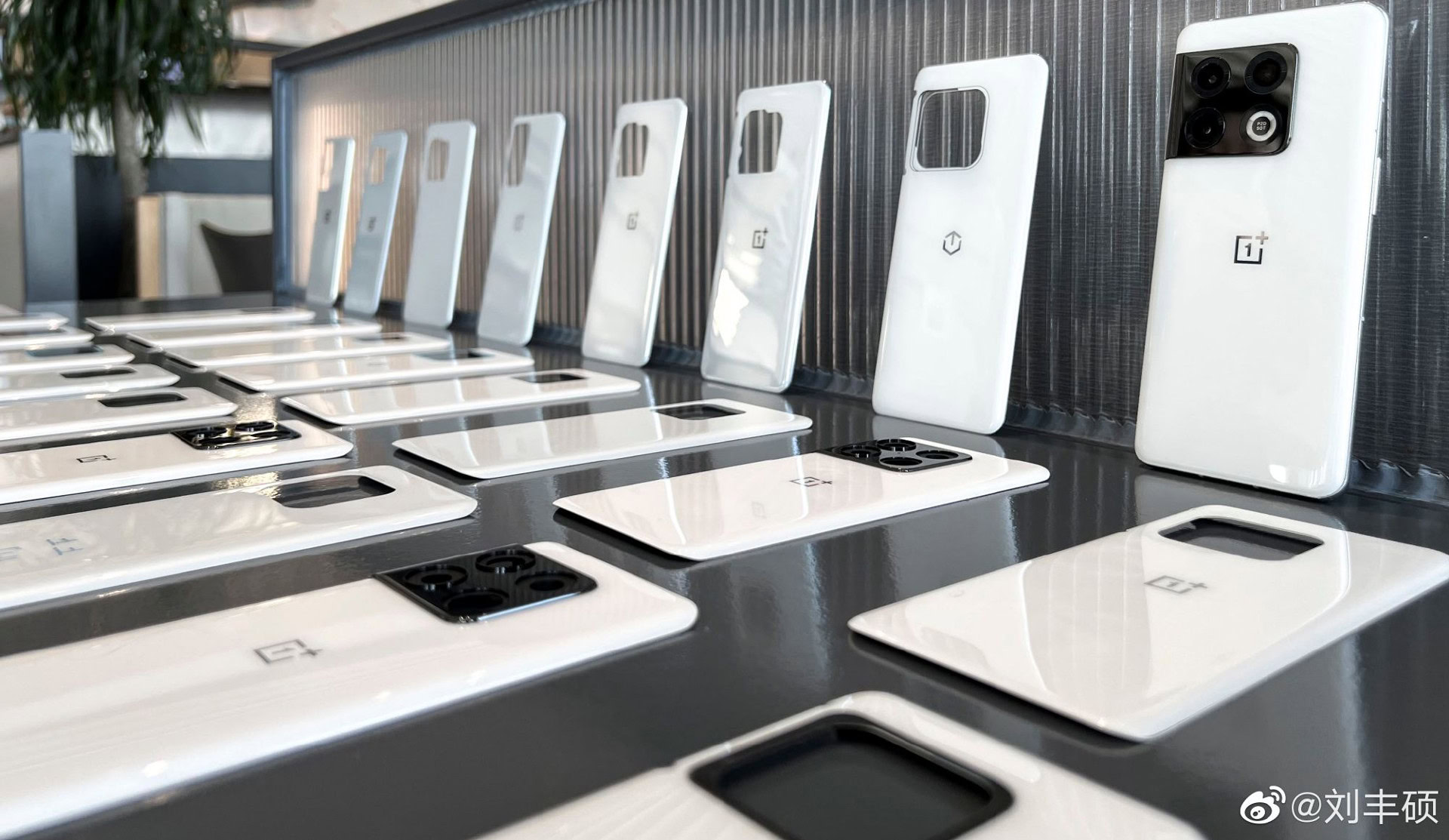Affiliate links on Android Authority may earn us a commission. Learn more.
Here's why we don't see white smartphones very often
- A OnePlus executive has detailed why we don’t see white smartphones very often.
- The executive noted that making white phones is more difficult and expensive.
- Fingerprint marks are also said to be a concern with white devices.
OnePlus has just announced a white OnePlus 10 Pro in China, marking the first time the brand has offered a white variant since 2018’s OnePlus 6. A company executive has also used the launch to explain why we don’t see white smartphones very often.
OnePlus product line president Liu Fengshuo noted on Weibo that there are three reasons why white smartphones are a rarity these days.
“First, the white process is more difficult, which tests the CMF [color, material, finish – ed] level of a mobile phone manufacturer. If there is a slight deviation in the craftsmanship, the final effect will be completely different, and the texture will be reduced,” Fengshuo was quoted as saying according to the machine-translated post.
The second reason cited by the executive is that the yield rate is low and the cost is high compared to other color options. More specifically, Fengshuo said that it took roughly three months of testing with over 100 effects being tested to find the best white effect. He also posted several images (see one of these above), ostensibly showing some of the white covers that were considered.
Finally, the OnePlus representative claimed that fingerprints were more obvious on white colorways.
Needless to say, Fengshuo said that the company overcame many challenges with the white OnePlus 10 Pro, as well as the issue of the color shifting when looking at the phone from different angles.
The white OnePlus 10 Pro is available with 512GB of storage and retails for 5,799 yuan (~$916). We know the OnePlus 10 Pro will be coming to global markets in the coming weeks, but there’s no word on whether this particular variant will be available as well.

